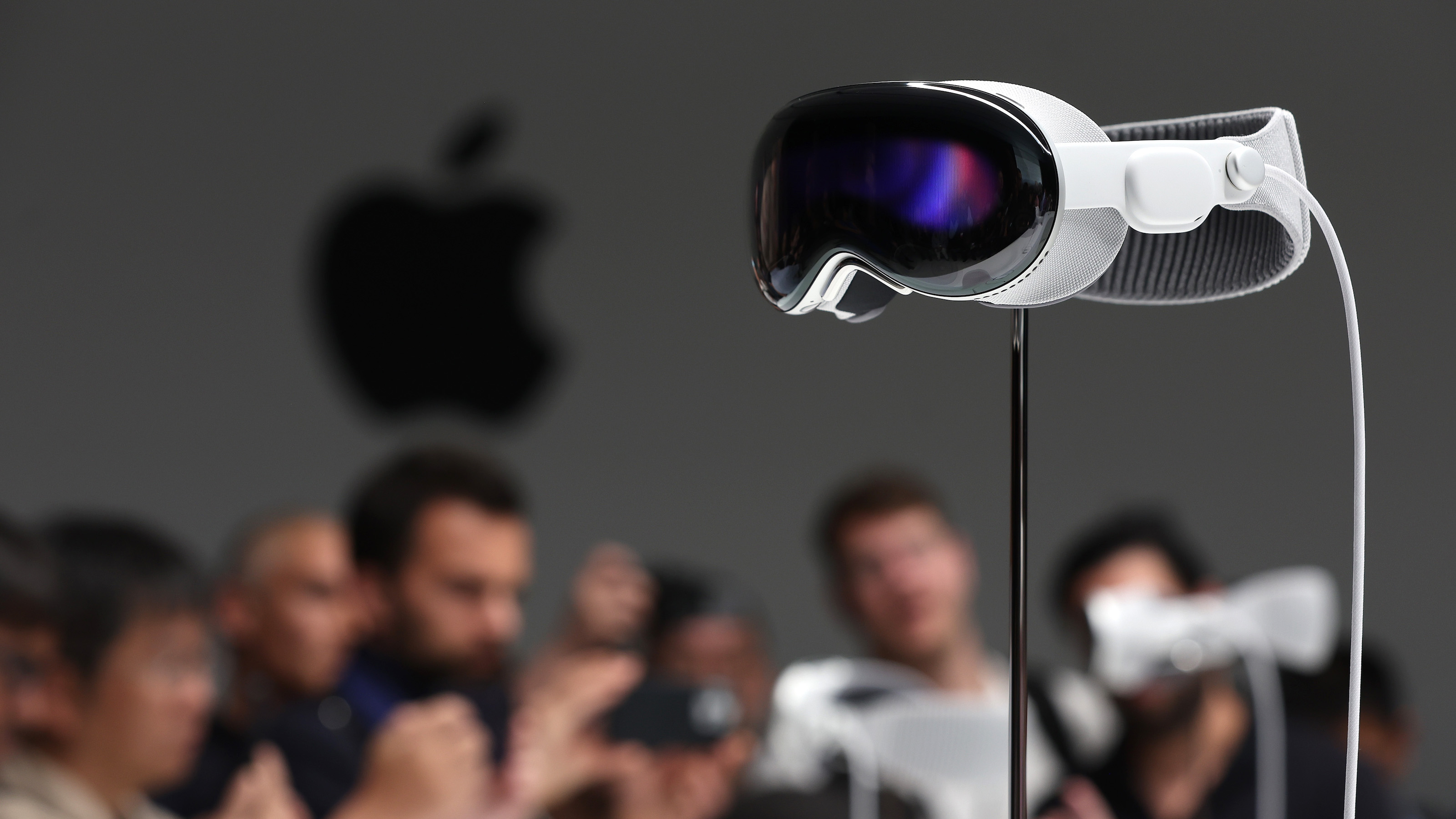The Web’s Copernican Moment

Whether consciously or not, most of us subscribe to a PC-centric view of the Internet, in which everything revolves around content that is created or accessed via a PC or Mac. However, that is about to change as mobile increasingly becomes the new paradigm for both creating and consuming content. Quite simply, the Web is about to experience a Copernican moment. Before Copernicus, it was widely believed that everything – including the Sun – revolved around the Earth, rather than the Earth revolving around the Sun. In the same way, it might be quaint one day to believe that everything once revolved around the PC rather than the mobile device.
The easiest way to understand this Copernican moment is to understand the extent to which mobile is becoming the new paradigm for the way we use the Internet. In terms of hours of usage, total content consumed and amount of data created, 2010 was the year of the mobile device. Keep in mind that the average teen now sends more than 3000 text messages each month! And that trend is only accelerating in 2011 as social networking rapidly migrates to the mobile device. Already, there are already 200 million mobile Facebook users and 5 million Foursquare users. Think about the last time you used Facebook – did you use a PC or did you simply check the Facebook app on your smart phone?
Of course, this push towards a Mobile-Centric Web started with the app-ification of just about everything. It’s almost a cliché to mention how many apps have been downloaded via Apple, Android or BlackBerry. It’s a big number (5 billion apps!) and getting bigger. Apps solved the fundamental problem of mobile devices – the terrible browsing experience resulting from haphazard wireless connections, combined with a tiny screen that could only display a small amount of content at one time. Apps standardized the Web browsing process and re-framed the web in terms of content that could be viewed and created using a mobile device.
App-ification was the first wave. The second wave is the rise of startups that are adopting a mobile-centric view of the world from the outset. It is no longer the case that content is “adapted” for mobile platforms after first being created for the PC. Content now starts on mobile and is optimized from the very beginning. This is actually a fundamental distinction, and one that can no longer be ignored.
Why is this happening? One guess is that users have changed their priorities about what matters to them. They now prioritize Proximity and other factors rather than Processing Power. In other words, users now place a greater premium on content that has been contextualized for them in terms of geo-location.
This weekend, had the chance to fiddle around with Zapd, one of a new species of content creation apps that are optimized for the mobile Web. Forget Tumblr and Posterous, previously the two easiest ways to create content online for people who lacked the time or IT chops to build out a full blog. You can literally create a “Zap” in 60 seconds or less – and set it up for free, using only your iPhone, iPad or Android device. There’s no need to edit your website via PC or Mac, and all sites created are optimized for display on tiny mobile screens. Moreover, all URLs are already short codes, so you have a very mobile-efficient way of sharing your website links with others.
For me, sites like Zapd hint at the future of the mobile-centric Web. It’s a lot more visual than today’s Web, since photos are currently the easiest content format to share via a mobile device. And it’s also a Web that places more emphasis on your proximity to others in your social network, thanks to the geo-location features of smart phones. As the Internet begins to adapt and evolve in response to this new mobile-centric viewpoint, we might one day say that the transition from a PC-centric to a Mobile-Centric view of the Web had just as great an impact as the original Copernican Moment, which shattered people’s perceptions of the world around them.
[image: Astronomer Copernicus via WIkipedia]





